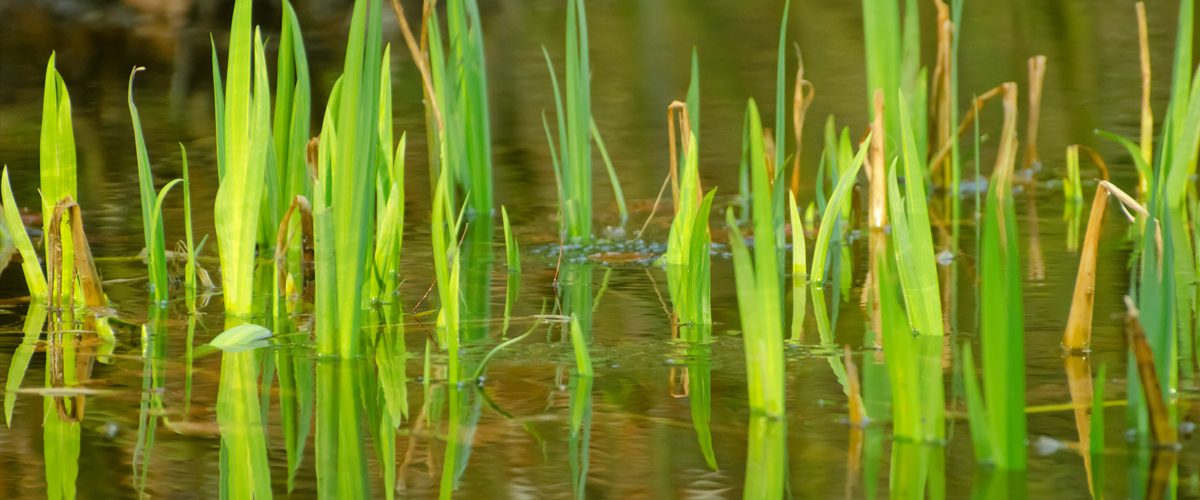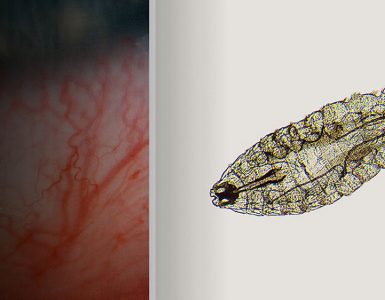Water is a key to life, for many living organisms, especially plants. They are solvents for nutrients, minerals, and other vital substances needed to sustain plant life. Hydrodynamics of water-related mechanisms in plants are still are big mystery due to our inability to non-invasively image and quantify such transportation within the root tissues. The attempts made in the past were unfruitful due to their direct or invasive nature. But recently physicist Flavius Pascut and the team from the University of Nottingham employed Raman micro spectroscopy to the hydrodynamic modeling within the live root tissue to let the world see the plant drinking water in real-time.
University of Nottingham electrophysiologist Kevin Webb a co-author said,
We’ve developed a way to allow ourselves to watch that process at the level of single cells. We can not only see the water going up inside the root, but also where and how it travels around.
Webb further explained, “To observe water uptake in living plants without damaging them, we have applied a sensitive, laser-based, optical microscopy technique to see water movement inside living roots non-invasively, which has never been done before,”
Raman micro-spectroscopy (RMS) is a non-invasive, label-free imaging technique that can enable a non-invasive molecular analysis of dynamic events in live cells in-vitro. An advantage of its use is that it allows spectroscopic information at the molecular level, in real-time, without the need for any lab preparations. It gives different components, like water, fats, proteins, etc. different positions inside the spectrum.
This method is so sensitive that it can even sense the mass and orientation of the molecular bonds. Therefore, to provide a contrast, instead of normal water, they used heavy water or deuterium oxide. Though it has some slightly different properties, it is quite similar to normal water, at least to allow the normal physiological process to continue within the plant.
The water in the inner part of the root was detected within 80 seconds of exposure to water. The initial water uptake wasn’t shared with the surrounding tissues and made its move up to the plant, which implies that there could be another mechanism involved in water diffusion to the different parts of the plant.
The team is now working on developing a portable version of this imaging technique to let it use in field study and healthcare monitoring devices.
Webb said,
The goal is to increase global food productivity by understanding and using plant varieties with the best chances of survival that can be most productive in any given environment, no matter how dry or wet.
This new study, will not only help in understanding hydrodynamics within the plant but also help in designing better crops in the future, that would be more adapted to the harsh conditions. Also, beyond agriculture, this method could be promising for the other field of science. Though the size of human cells is quite smaller than that of the plant, the team is trying to make it work on the human cells too. It can be useful for transparent tissues of the eye, for example, in diseases of fluid handling like ocular lens cataracts; macular degeneration, and glaucoma. In the future, the new Raman imaging technique could become a valuable healthcare monitoring and detection tool.

















Add comment